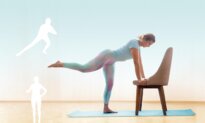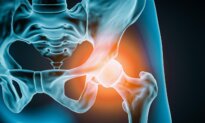The body is made to move. In fact, without adequate movement, certain essential functions just don’t work. The lymphatic system system, for example, needs muscle movement to pump lymph and cleanse the body of dead cell waste and other potential toxins. And when it comes to maintaining brain health, and preventing Alzheimer’s, exercise is the single most important thing you can do. It only takes 20 minutes of exercise daily to prevent a number of diseases, such as heart disease and diabetes, yet only a small percentage of people actually exercise. There are few things that can impact our energy, productivity, and joy like exercise. In fact, for those suffering depression, exercise is often more effective than drugs—and it comes with several benefits rather than side effects. Fitness should be fun, so finding activities that appeal to you is key. Start slow with small goals and monitor your target heart rate so you can adjust your activity as needed. Working out with a friend or family member can make it more enjoyable and help you stay accountable. You might find that exercising outside allows you to benefit from movement, fresh air, and sunshine all at once. And fitness usually causes you to be more mindful about drinking water, another wellness goal that’s often hard to reach.


























